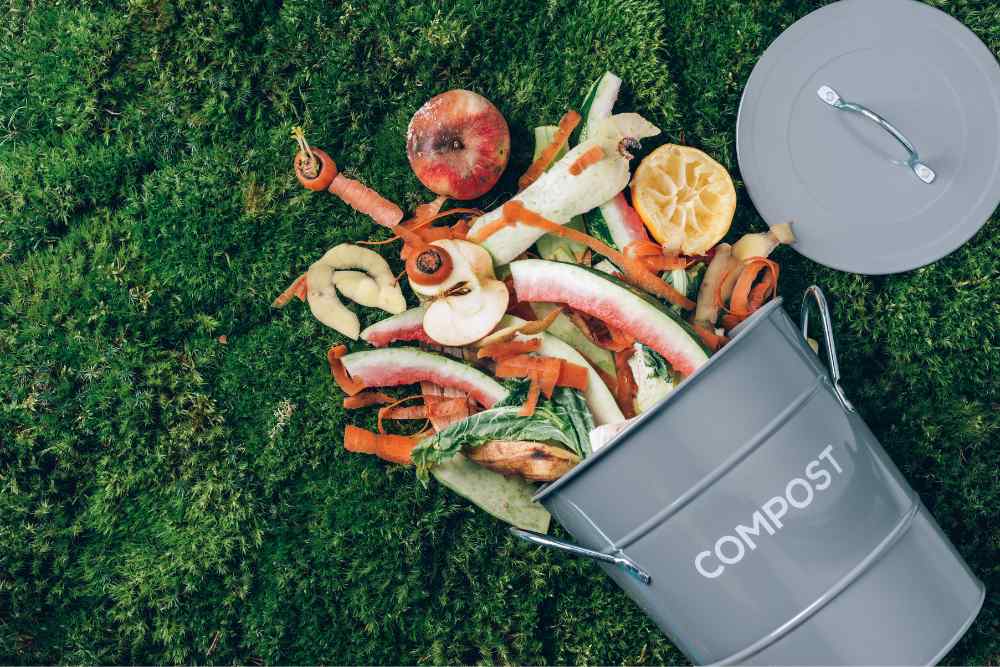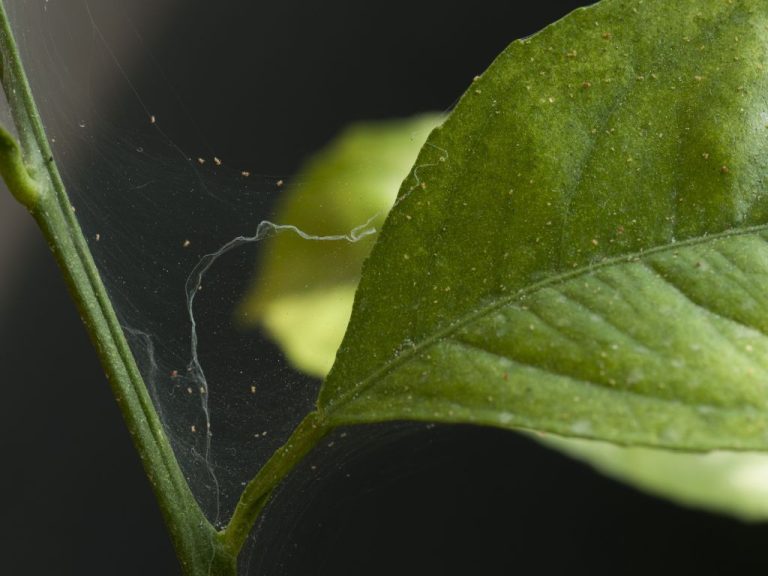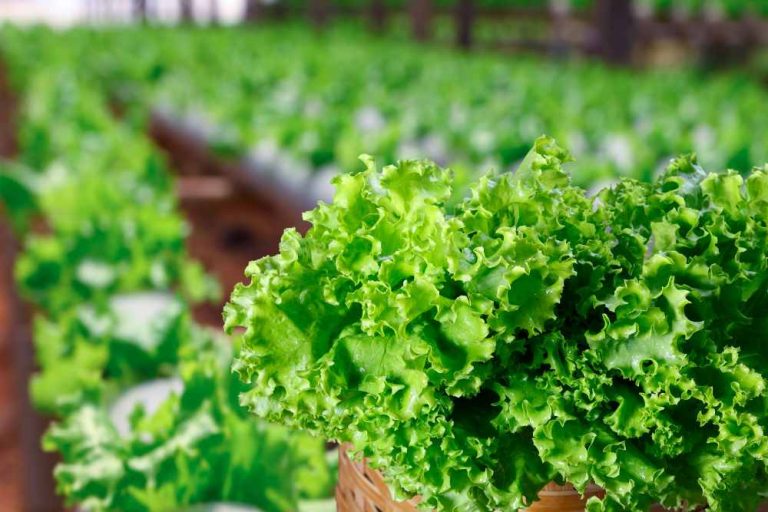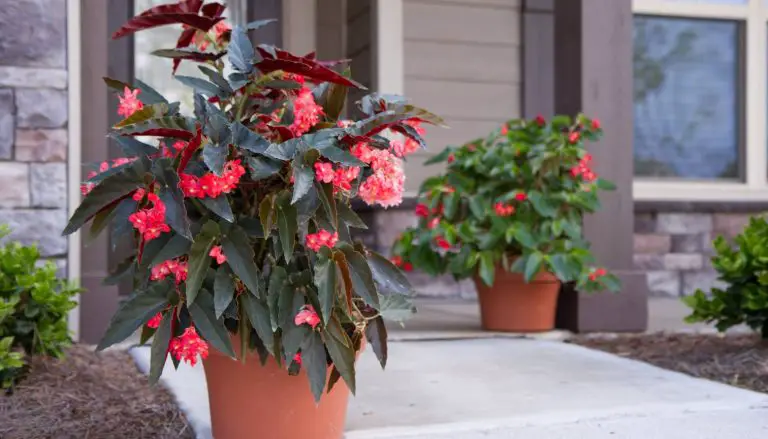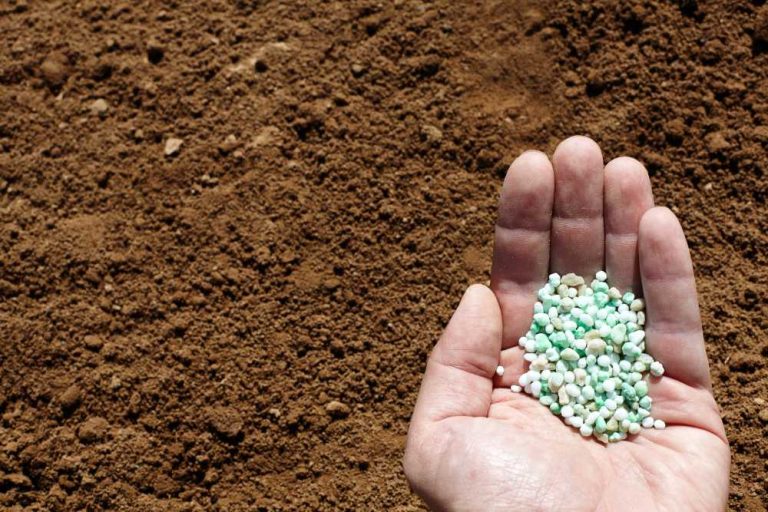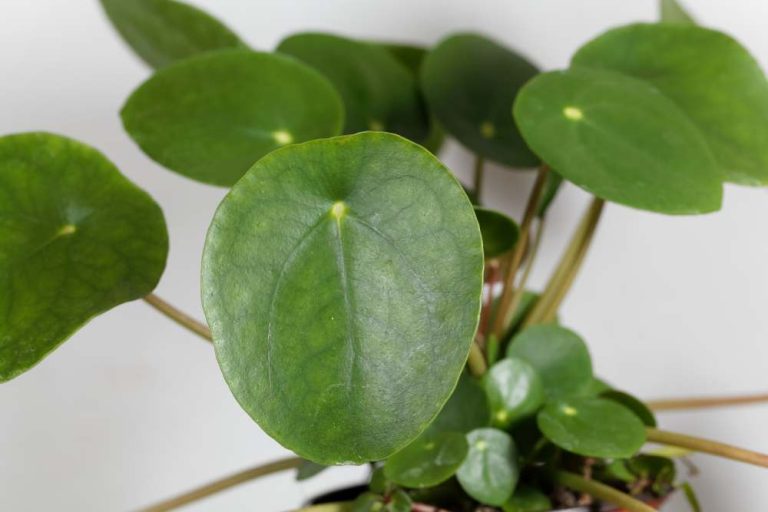DIY Guide: How to Make Homemade Fertilizer for Flowers
Every expert gardener understands that healthy soil leads to healthy plants. Therefore, you must make sure that your soil is nourished! However, fertilizer may be very expensive, and store-bought products might contain various chemicals, some of which are hazardous to the environment.
This factor contributes to the widespread perception that home gardening is a very expensive hobby. Thankfully, this is not the case if you learn how to manufacture your own fertilizer. Utilizing fertilizer is advised if the soil you are using lacks nutrients or if you have chosen to plant something that requires a bit more work.
However, you can produce fertilizer with a few ingredients at home, so why spend a lot of money on commercial fertilizer? Making your own organic plant food can be hassle-free and enjoyable because simple, chemical-free alternatives can be used as plant and flower food.
Nutrients can be given to flowering plants in many different ways. In the development of flowers, phosphorus plays a significant function. They consist of water-soluble fertilizers, organic fertilizers, and chemical fertilizers in granular form that may or may not have controlled release. Let’s check out how to make homemade fertilizer for flowers.
Good soil is needed for the initial phase of gardening. You’ll need high-quality compost to accomplish this. Leftover food scraps and lawn clippings can be used to manufacture compost at home, and it is quite easy to do.
It is almost cost-free. A successful garden depends on vital nutrients in addition to good soil. Plants require a variety of macronutrients to survive, including nitrogen, potassium, phosphorus, calcium, magnesium, and sulfur. Furthermore, if you want to grow profitable plants, you must have a fundamental understanding of fertilizer.
All fertilizers can be categorized as either chemical or synthetic and natural or organic. Synthetic materials are used to make chemical or synthetic fertilizers. N, P, and K (N-P-K) are frequently present in these chemical fertilizers in highly concentrated amounts.
These fertilizers are fast-acting, but they do have some drawbacks, including the fact that they can’t improve the soil and can eventually destroy the beneficial organisms needed for good soil. In addition, these chemical-rich fertilizers have the potential to slow down plant growth over time.
On the other side, organic and natural fertilizers include elements like bone meal for phosphorus, alfalfa meal, fish emulsion for potassium, and cottonseed, alfalfa, or alfalfa meal for nitrogen. Natural and organic fertilizers have the drawback of taking much longer to work.
11 Best Homemade Fertilizer For Flowering Plants
1. Banana Peels
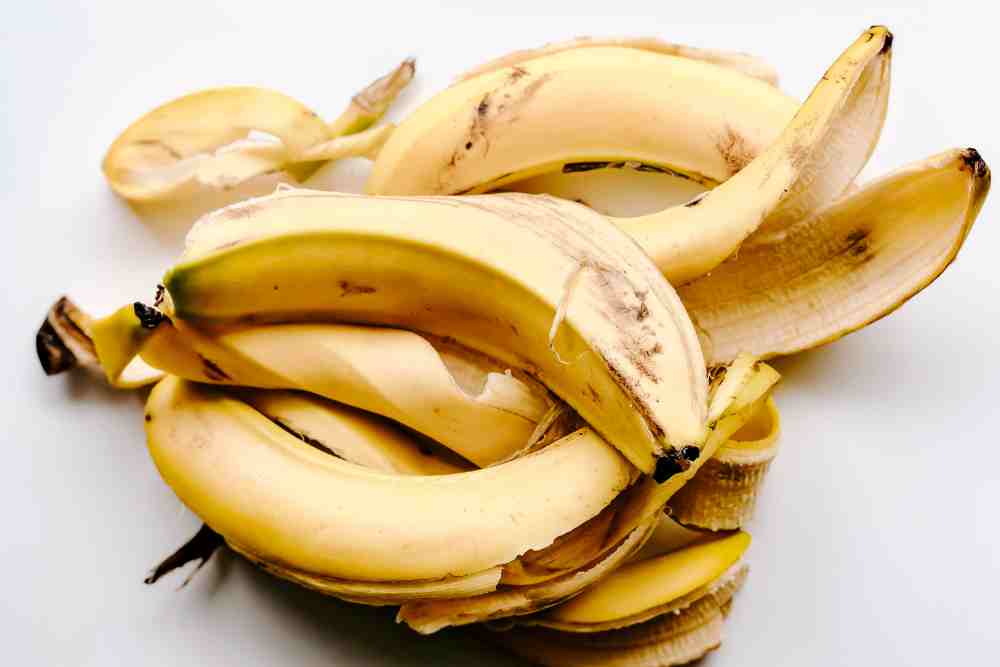
Many of us have banana peels at home, and they make excellent all-natural plant fertilizers. As many of you may be aware, bananas are high in potassium. Potassium is a nutrient that is necessary for plant growth.
Potassium needs to be replenished frequently since it is frequently leached off by the soil if it is sandy. Fruiting plants often need extra potassium to generate healthy harvests, enhance the flavor of the fruit, and stimulate flower production. Potassium also contributes to the growth of robust, large plants by thickening the cell walls of those plants. Flowering plants benefit the most from this banana peel fertilizer.
There are several ways of making banana peel fertilizer. One method can be done by simply burying the peel of a banana in a garden or adding it to the compost is by far the simplest method. This will feed your plants as it gradually decomposes and releases nutrients into the soil. However, you may use a few techniques to expedite the process of obtaining the nutrients.
Peels should be completely sun-dried. Allow the peels to cool before manually crushing them, or use a blender to turn them into a powder. Use dehydrated banana peels to treat your plants, or scatter them over your indoor plants. To the planting hole, add a tablespoon of finely ground banana peel. Remember to fertilize the soil with a layer of banana peels before planting.
You can Peel a banana, chop it up, and put the chopped peel in a jar of water. This is covered with a cloth and left on a bench. It needs to breathe, but you don’t want pests to get inside. You can use this after one day or approximately after three days, stirring it every time and adding a new peel.
The banana peel can then be removed and added to the compost or removed and buried in the garden. Next, dilute your water by at least 50% if you have more than one banana peel. Then, there are enough nutrients to be diluted and distributed among more plants.
2. Eggshells
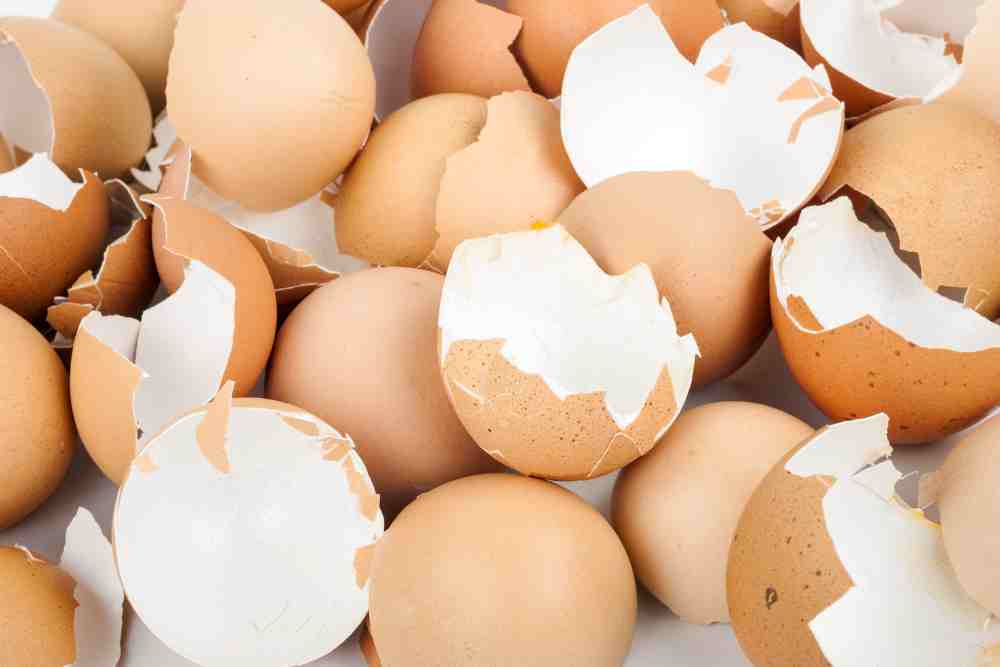
Eggshells actually contribute significant nutrients to the soil, particularly calcium and potassium. Therefore, one of the most excellent fertilizers for outdoor flowers is eggshells.
Calcium is a crucial ingredient in your plant’s ability to produce new cells and, as a result, in its overall growth. In addition, eggshells have a significant calcium content. They also include phosphoric acid, zinc, and nitrogen in small quantities.
Therefore, it is very easy to use eggshells as fertilizer for indoor plants as well. To lessen the chance of mold growing, make sure to rinse your shells before using or storing them. The simplest method is to freeze your eggshells as houseplant fertilizer until you have roughly a complete carton worth.
When you have enough shells, you can either manufacture shell powder by simply rolling them with a rolling pin inside a freezer bag or use a coffee grinder. Eggshells can be incorporated into the soil as you pot your plant or the soil’s top layer if you already have a plant. Never dig too deeply into the ground when working with an existing plant to protect the roots.
3. Coffee Grounds
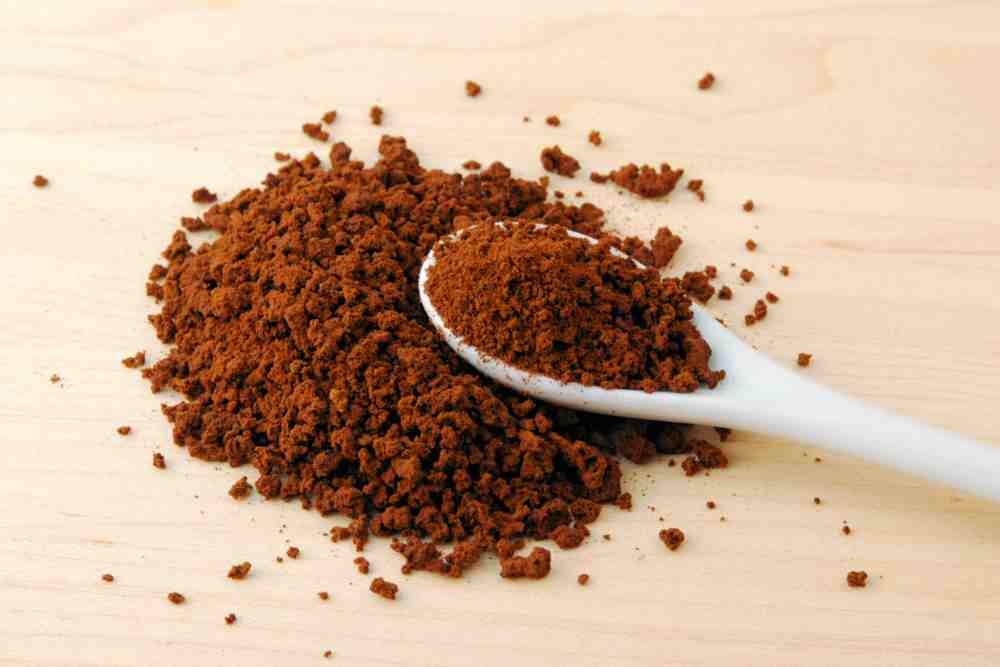
Checking the soil pH in your garden is one technique to determine if the coffee grounds will benefit your flowering plants. While many plants do well in slightly acidic soil, the ideal pH range is usually between 6 and 7.
If your soil has a pH of 7 or higher, adding adequate soil can make your garden more welcoming to flowering plants like Bergenia. Used coffee grounds are excellent for the garden since they improve the soil’s health and give your plants a nutritional boost. Used coffee grounds are approximately pH neutral after being filtered by water. As a result, they contain a lot of potassium and nitrogen, two important nutrients.
Coffee grounds are classified as “green” while composting because, despite their brown color, they are high in nitrogen. Coffee grounds can be used in your garden in various ways.
Coffee grounds can be directly added to your compost, scattered over your plants, or diluted with water to create a liquid fertilizer. In addition, many harmful bugs might be repelled from your delicate seedlings using coffee grounds as natural pest control.
If you have a problem with cats in your garden, try using coffee grounds to repel them because it only helps the soil and the plants. A cup of leftover coffee grounds should be mixed with a container of water and left to sit for a day or two to create the liquid fertilizer from the coffee grounds.
Then, to feed your plants, you have a liquid fertilizer. Try going to your neighborhood barista or café if you don’t have any coffee grounds; they frequently just throw the grounds away and would be pleased for you to take them off their hands!
4. Compost Tea
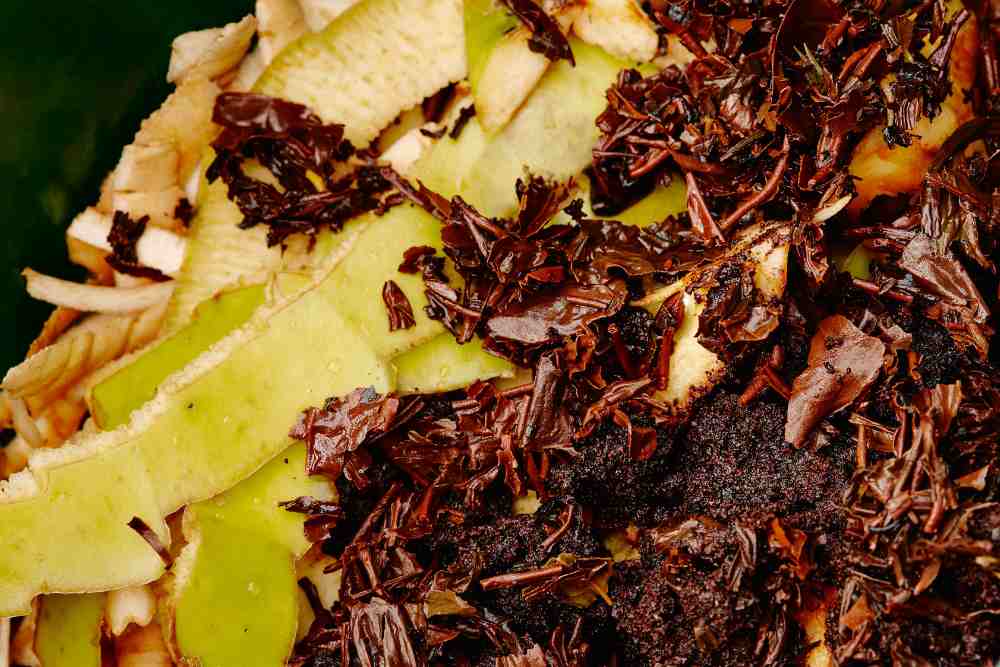
Compost tea is a versatile homemade fertilizer that may be used on all kinds of plants, including flowers. It is produced by brewing two shovelfuls of compost in water in a tight bag.
One part of compost and five parts of water are usually added to a bag of fertilizer before placing it in the center of a big container. The tea is left to brew for approximately 10 days with the lid on the container. The liquid can then be transferred to a garden pump sprayer. Apply as a foliar fertilizer spray once it has reached the tea-like consistency.
Compost tea is an excellent alternative if you have indoor plants in pots and don’t have space to add more soil to top off the nutrients. A couple of handfuls of compost and a bucket of water mixed together will form this simple organic fertilizer. Allow it to blend and infuse into the water for 2–24 hours.
When using fertilizers of any kind, try to avoid using tap water if possible. Tap water is frequently treated with chemicals, which may eradicate the beneficial bacteria we are attempting to feed. However, if you just have access to tap water, you can let some of the chlorine evaporate off by letting it rest in a bucket for a day. Then, the next time it rains, throw a bucket outside and collect some of that wonderful natural water for usage. It really does make a significant difference.
5. Seaweed
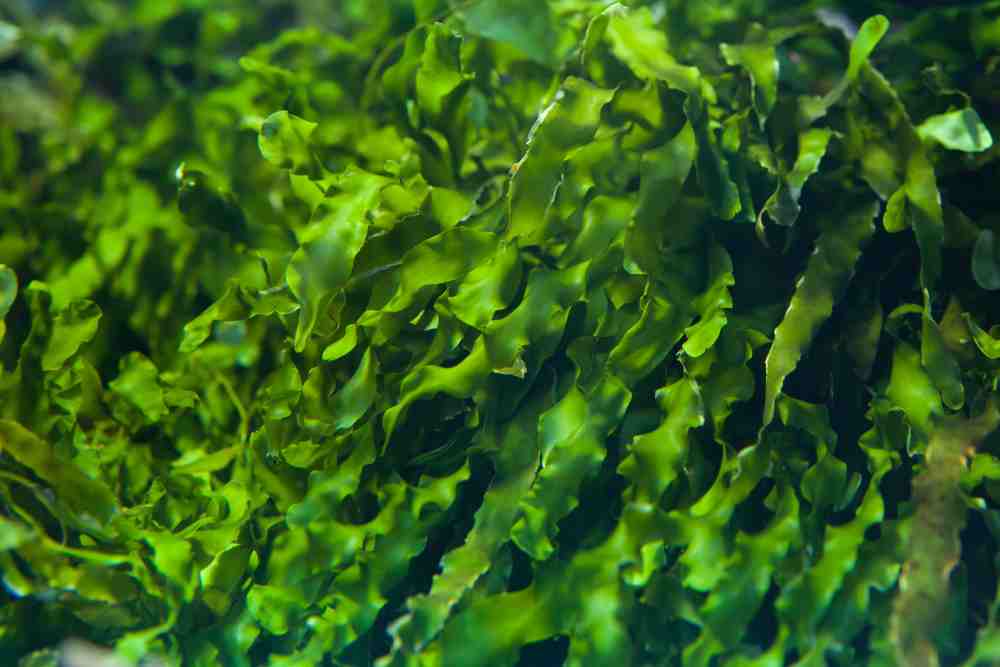
Long-lasting, rich-lying flowers and enhanced production of fruits and vegetables are all encouraged by seaweed. Seaweed is a mannitol-containing organic fertilizer that serves as an all-purpose fertilizer.
The substance mannitol improves the plant’s capacity to take in nutrients from the soil. Make sure to thoroughly wash any fresh seaweed before using it. Place the bucket inside a bigger container with roughly 5 liters of water and fill it with chopped seaweed. Allow the seaweed to soak for approximately three weeks under a loose cover.
After the allowed time has passed, strain the seaweed and pour the liquid into the extra garden container. You can now use homemade seaweed fertilizer on plant leaves. Organic seaweed concentrates can be purchased to create liquid fertilizers by combining them with water.
However, you can create your own if you reside close to the water! In certain places, it is against the law to remove seaweed; therefore, be aware of the rules and regulations in your area. It doesn’t matter if it washed up on the shore.
If you can get some seaweeds, ferment them in a water bucket for a week or longer to create your own organic fertilizer. A strong, pungent scent will undoubtedly be there once the water has become dark. The liquid should be strained out and diluted with additional water. Add any remaining seaweed to the compost or garden for slow-release fertilizer that will entirely decompose.
6. Fish Emulsion
Fish waste, including fish pieces and intestines, and water are combined to create a homemade fertilizer called “fish emulation.” The fertilizer is made over many weeks and should have time to decompose before being used for all of these organic uses.
Start by filling a third of the 55-gallon barrel with a mixture of 2 parts water and 1 part fish excrement. Next, fill the container with water to the top, allow it to ferment for a few weeks, and then drain. Three liters of liquid should be used to fertilize plants every 100 square feet with fish emulsion fertilizer.
Fish emulation is a type of homemade fertilizer prepared from fish waste, including fish pieces and guts. The fertilizer is made over several weeks and should have time to decompose before being used for all these organic uses.
Start by filling a third of the 55-gallon drum with a mixture of 2 parts water and 1 part fish excrement. Next, fill the drum with water, let it ferment for a few weeks, and then refill it. Plants can be fertilized with fish-emulating fertilizer at a rate of 3 gallons of liquid per 100 square feet.
7. Epsom Salts
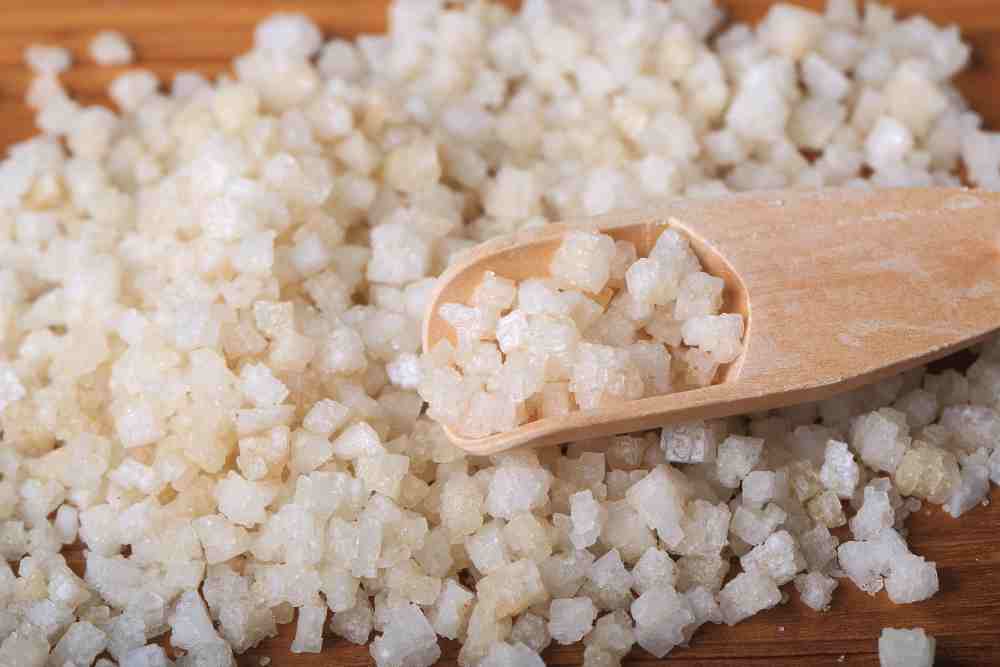
Epsom salts are among the oldest and most widely used natural treatments for enhancing plant health. Pour 8 cups of water into a spray bottle along with 1 cup of Epsom salts. To help your plants absorb nutrients and stay healthy, mist them with this mixture regularly.
8. Vegetable Water
Once boiled, vegetables boiled in water lose their vital minerals, such as calcium, nitrogen, and phosphorus. By using this mixture to water your plants, you can quickly add the benefits of these minerals to your landscape. This will encourage the plants to grow more quickly, leading to lush growth and improved flower and fruit production. Before applying water to plants, be sure it has cooled off.
Vegetable cooking water that is left over after boiling or steaming can be used as organic fertilizer. The water from most veggies that you steam or boil can be used as plant fertilizer. Be careful that certain substances could produce overpowering scents, especially when used with Brassicas like broccoli, cauliflower, or cabbage. The water will start to smell strongly; therefore only use it on plants outside.
9. Fruit Peel Fertilizer
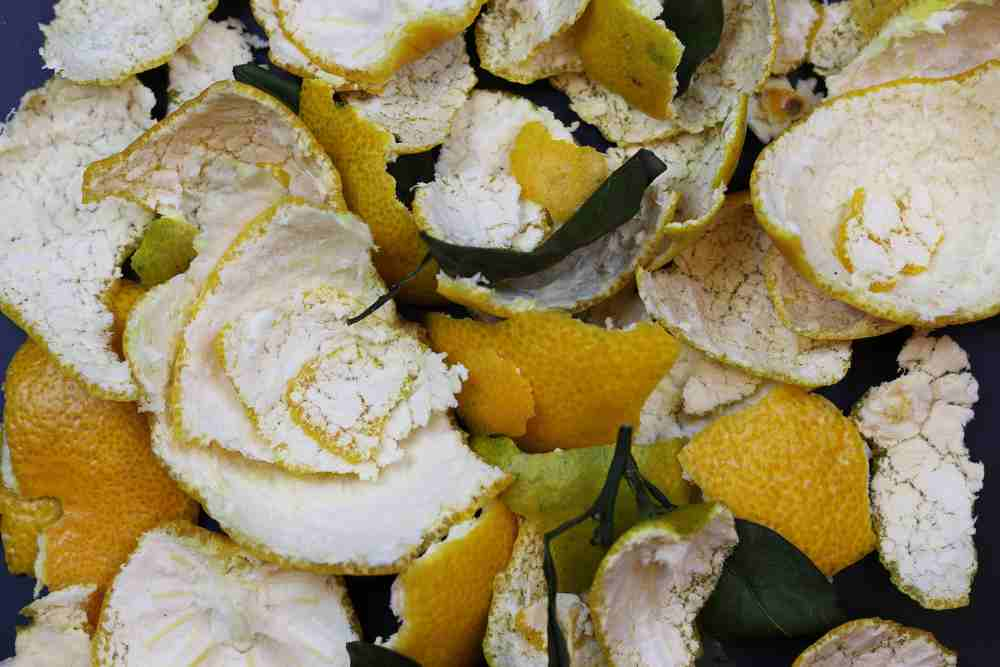
According to one study, fruit peels are high in lipids, protein, ash, crude fiber, and carbs, among other helpful plant nutrients. In addition, according to this study, peels are a significant source of bioactive substances like proteins and antioxidants.
Fruit peels should be boiled in water for ten to fifteen minutes before being left to steep overnight. Use it on your plants once every 6 to 8 weeks for lush growth and improved bloom and fruit production by combining it 1:1 with water.
10. Pomegranate Peel Fertilizer
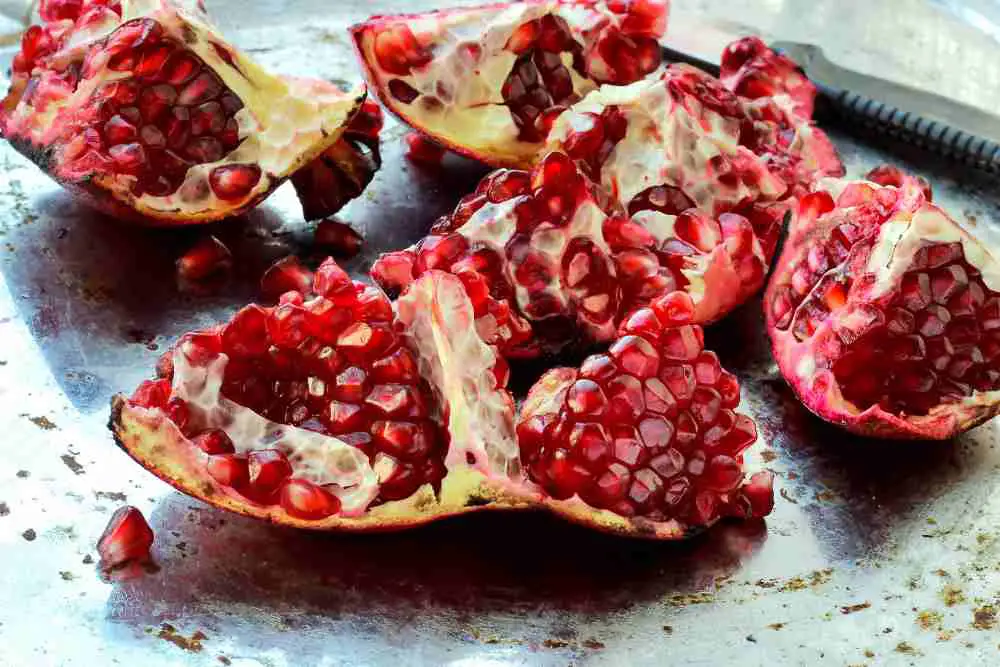
Peels from pomegranates make excellent organic fertilizers for your plants. The peel provides essential plant nutrients, making it one of the greatest recipes for developing lovely flowers.
These nutrients include phosphorus, potassium, magnesium, calcium, boron, iron, copper, and zinc. To make the peels easy to grind, finely cut them. They should now be placed in the grinder along with some water to create the paste. Water your plants with this mixture after diluting this paste with water in a ratio of 1:4.
11. Green Tea

Another excellent choice for fertilizing plants that love acid, such as the ones stated above, is green tea bags or used green tea leaves. The tannic acid in green tea leaves contributes to a reduction in the soil pH.
Additionally, they are rich in nutrients and increase soil oxygenation, promoting the roots’ health. Your plants can be given a brew of one green tea bag per two gallons of water around every four weeks to aid in their growth and health. Give the water to your plants when it has had a chance to cool. It is also possible to compost used green tea leaves or incorporate them straight into the surface of the plant.
- 20+ Chic Boho Bedroom Ideas for a Cozy and Stylish Retreat - June 20, 2024
- 12+ Modern Boho Living Room Ideas to Create a Unique Oasis - June 10, 2024
- 10 Stunning Canopy Bed Ideas for a Dreamy Escape - May 16, 2024

